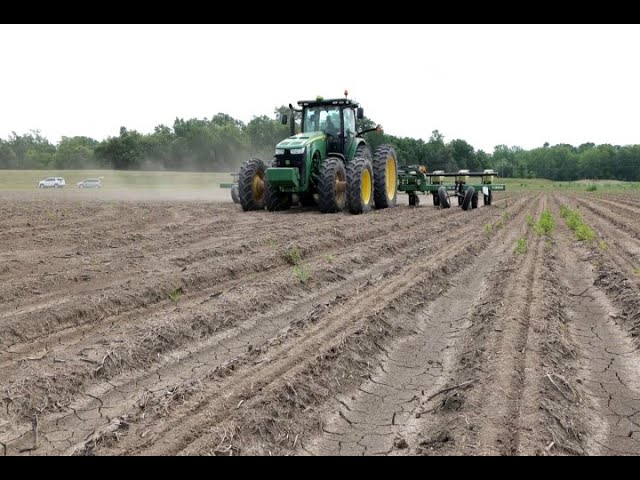Late Cotton Planting Decisions
go.ncsu.edu/readext?1074982
en Español / em Português
El inglés es el idioma de control de esta página. En la medida en que haya algún conflicto entre la traducción al inglés y la traducción, el inglés prevalece.
Al hacer clic en el enlace de traducción se activa un servicio de traducción gratuito para convertir la página al español. Al igual que con cualquier traducción por Internet, la conversión no es sensible al contexto y puede que no traduzca el texto en su significado original. NC State Extension no garantiza la exactitud del texto traducido. Por favor, tenga en cuenta que algunas aplicaciones y/o servicios pueden no funcionar como se espera cuando se traducen.
Português
Inglês é o idioma de controle desta página. Na medida que haja algum conflito entre o texto original em Inglês e a tradução, o Inglês prevalece.
Ao clicar no link de tradução, um serviço gratuito de tradução será ativado para converter a página para o Português. Como em qualquer tradução pela internet, a conversão não é sensivel ao contexto e pode não ocorrer a tradução para o significado orginal. O serviço de Extensão da Carolina do Norte (NC State Extension) não garante a exatidão do texto traduzido. Por favor, observe que algumas funções ou serviços podem não funcionar como esperado após a tradução.
English
English is the controlling language of this page. To the extent there is any conflict between the English text and the translation, English controls.
Clicking on the translation link activates a free translation service to convert the page to Spanish. As with any Internet translation, the conversion is not context-sensitive and may not translate the text to its original meaning. NC State Extension does not guarantee the accuracy of the translated text. Please note that some applications and/or services may not function as expected when translated.
Collapse ▲Our Spring rains have been a blessing and a hindrance (I’ll not call it a curse) making it difficult to get our crops planted, sprayed and fertilized on time. Currently our cotton crop is under the most pressure. 
Most of the cotton in the County has been planted but there are a few acres that have not. Choices for these acres are limited as the insurance deadline is the end of May. If you have a small fraction of your total acres that is not planted you could plant through the first week of June. Research and history have shown planting through the first week of June can yield an average cotton crop given favorable weather, but you must be super timely all year long with inputs such as insecticide applications, fertility, PGR etc. If a large percentage of your cotton acres is not planted, the financial risk may be too great to plant after the insurance period has expired given the current market price and the higher input costs. The other option is to not plant the balance of the cotton acres and take the prevented planting insurance option or to plant soybeans assuming you can pencil in a profit. There are costs to each of these as you will still have to keep the weeds under control to get the full payment or plant soybeans which have their own input costs. Call your insurance agent to discuss these payment options. Keep in mind that you need to file the prevented planting claims within 72 hours of the late planting period which ends May 31.




